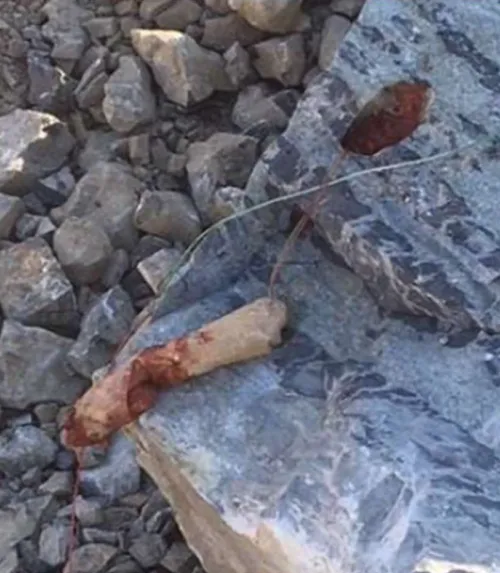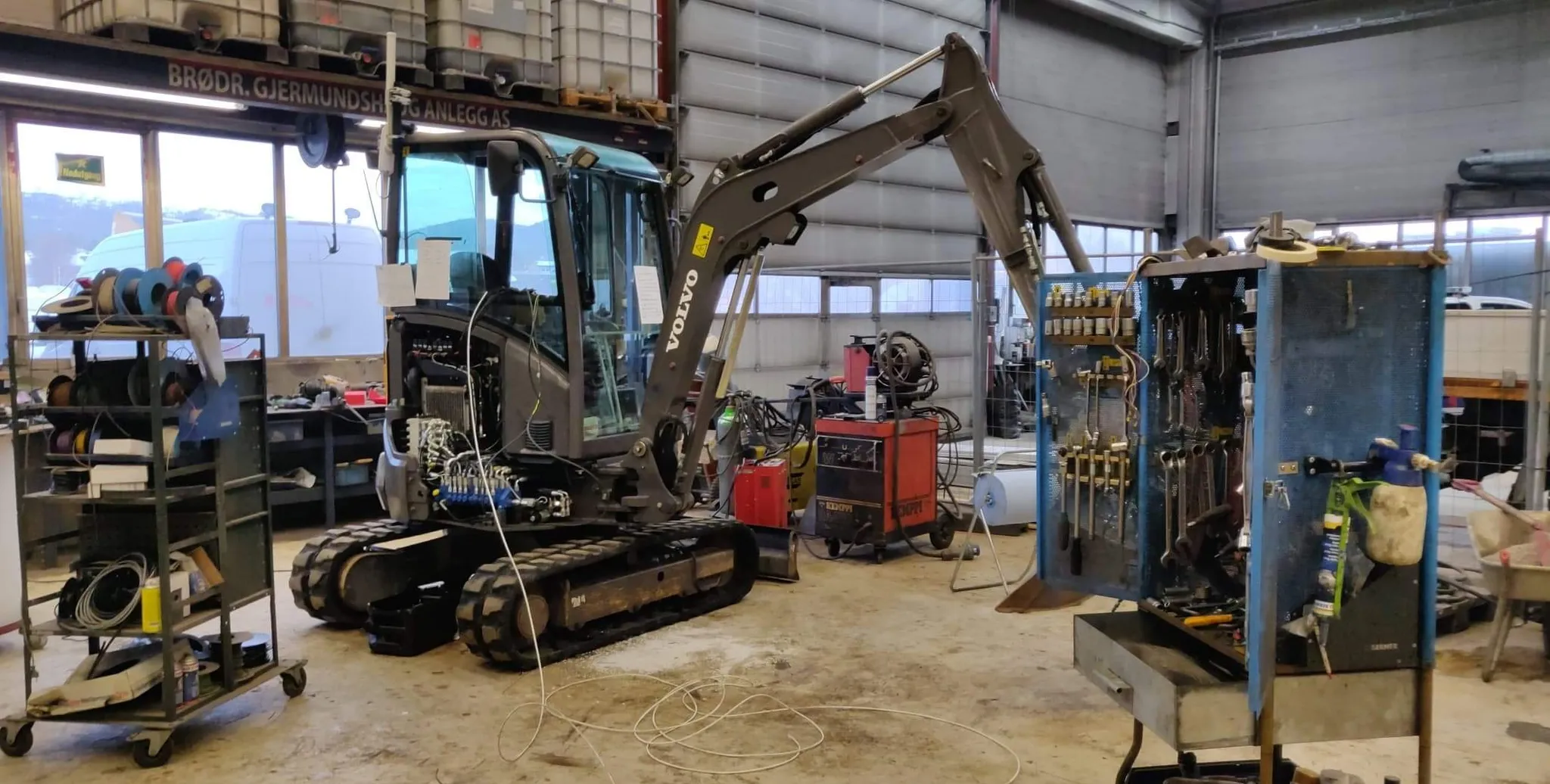At the base of the Sylling mountains, beneath the heavy infrastructure of a 420 kV high-voltage substation, Steer was called in to manage a silent yet serious threat—undetonated explosives buried decades ago in blast rock fill. Originally placed in the 1970s during infrastructure development, these remnants of dynamite and electric detonators represented a clear safety risk to ongoing construction.
Steer was contracted to support Statnett and Statkraft in a high-precision, safety-first operation to locate and manage these explosive threats without interrupting critical national grid operations.
In 2018, undetonated explosive material—including Class 1 detonators—was discovered inside a rock fragment during routine groundwork at the Sylling transformer station. The fragment had been moved from within the fenced high-voltage zone. Upon breaking open the block, operators discovered intact explosive cartridges and electric fuses—dormant, but potentially deadly.
Safety models estimated a potential 260-meter blast radius. With 420,000 volts flowing nearby, traditional excavation was off the table. This was a job for remote-operated precision.

Steer mobilized with a fleet tailored for safe explosive handling:
A Volvo ECR25D for compact excavation in confined zones
A Caterpillar 320 for heavier lifting and layered fill removal
A fully equipped command container, enabling remote control of all digging operations from a secure distance
A network of surveillance cameras and drones to monitor progress and ensure safety
To achieve maximum excavation accuracy under remote conditions, machine control GNSS technology was integrated into the excavators. With RTK correction signals, operators achieved centimeter-level precision, allowing them to carve out level benches and foundations with confidence—even when sitting far from the machine itself.
The excavation team operated remotely within a steel safety tent when required, minimizing human exposure to any unidentified explosive devices. Every movement was coordinated with real-time visuals, supported by drone footage and ground-level video surveillance.
Before any earth was moved, explosive detection dogs swept the surface and every 30 cm layer of soil. If dogs marked an area, excavation shifted to even stricter containment procedures. This meticulous approach ensured the safety of both personnel and the surrounding infrastructure.
.webp)

Steer’s contribution to the Sylling remediation project represents a benchmark in safe excavation near sensitive infrastructure. Working alongside experts from Orica, Statnett, and third-party explosive specialists, we demonstrated that even legacy explosive hazards can be handled cleanly, safely, and effectively.
The project successfully safeguarded the development of new foundations under live high-voltage systems and will support the stability of Norway’s energy grid for decades to come.